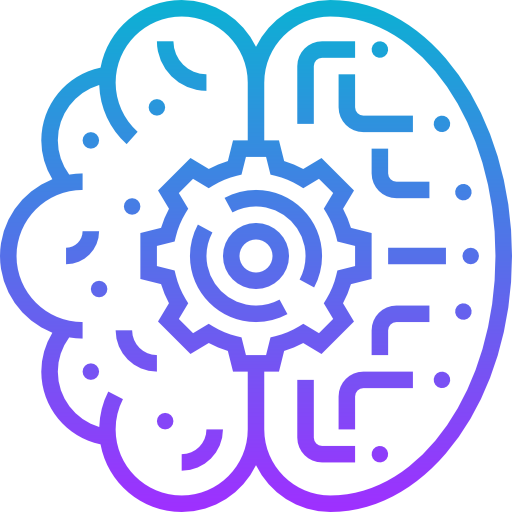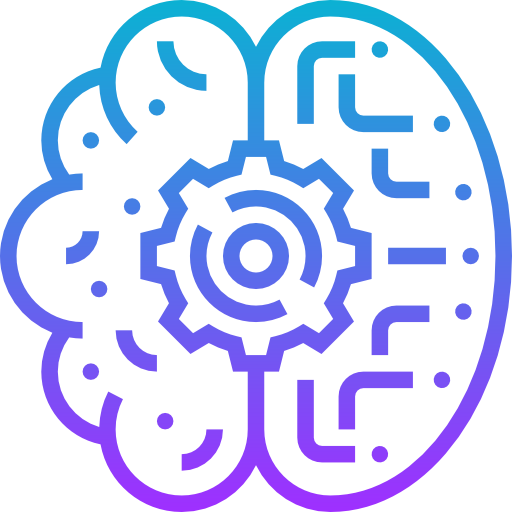10 Practical Tips for Tech Professionals with ADHD to Stay Productive
Table of Content
Working in tech is already challenging, but when you add ADHD into the mix, it can feel like trying to code during an earthquake. As a doctor who also works in tech, I’ve spent years helping friends with ADHD manage their projects, tasks, and even collaborated with some on serious ventures.
The distractions, overthinking, and constant deadlines can easily overwhelm you.
Why Managing ADHD is important for Tech People!
Managing ADHD is essential for people in tech because the industry demands intense focus, quick context-switching, and the ability to meet tight deadlines. If ADHD is left unmanaged, distractions can easily sidetrack you, tasks can become overwhelming, and productivity can take a nosedive.
This often leads to burnout, missed deadlines, and frustration with your work.
In tech, roles like development, design, and project management require deep concentration for effective problem-solving.
ADHD challenges like staying organized, maintaining attention, and avoiding overthinking can get in the way.
When ADHD is managed well, your strengths, like creativity and quick problem-solving, shine through. You can boost your productivity, reduce stress, and build a healthier work-life balance. Managing ADHD doesn’t just help you survive the tech world; it helps you thrive in it.
Our Tips to Manage ADHD for Tech people
The Good News, We are Here to Help!
But the good news is, with the right strategies, you can not only survive but thrive in the tech world. This article is based on my experience and the lessons I’ve learned while helping others navigate these challenges.
Here are 10 practical tips designed to work with your brain, not against it. No complicated apps or rigid methods—just actionable advice you can integrate into your workflow.
1. Use the Pomodoro Technique
ADHD brains thrive on structure with a clear beginning and end. The Pomodoro Technique is perfect for this. Work for 25 minutes, then take a 5-minute break. These short sprints keep your attention focused and give your brain the regular resets it needs.
For a deeper dive, check out how the Pomodoro Technique helps ADHD developers and designers. There are plenty of open-source Pomodoro apps that can help you get started.
2. Respect Your Breaks
Skipping breaks might seem like you’re being productive, but it’s a direct route to burnout. For people with ADHD, regular breaks are even more essential. Your brain needs time to process information and reset itself, especially when managing multiple tasks.
Taking breaks to stretch, walk, or simply breathe helps maintain focus and reduces mental fatigue.
As a doctor, I’ve seen how essential these breaks are for keeping productivity sustainable. Think of breaks as necessary maintenance—without them, your "system" will inevitably crash.
These small pauses give your brain the recovery it needs to stay sharp and functional.
Please, respect your small breaks as possible!
3. Don’t Overthink Tasks
Overthinking can turn a 10-minute task into an hour-long ordeal. Break tasks into smaller, actionable steps and tackle them one at a time.
If a task feels overwhelming, use a timer to create a sense of urgency.
Set it for 5 or 10 minutes and just start. Progress, no matter how small, is better than paralysis.
4. Avoid Complicated Task Management Tools
Simplicity is key. Tools with endless features and options can overwhelm an ADHD brain. Stick to straightforward task management tools or even a simple to-do list.
Tools like iDidIt focus on simplicity and give you the satisfaction of tracking what you’ve accomplished.
Learn more about minimalist ADHD tools that won’t derail your workflow.

5. Skip Overly Complex ADHD Apps
Many ADHD-specific apps promise the moon but end up complicating your workflow. Instead, stick to apps that align with your existing processes. If an app makes you feel more stressed or confused, ditch it.
Your tools should simplify your life, not add another layer of complexity.
For a curated list of ADHD apps that won’t mess up your workflow, check out this guide.
6. Fine-Tune Your Workflow
Your workflow should work for you, not against you. Think of it as a finely tuned engine that’s designed specifically for your needs.
Take the time to identify which processes help you stay on track—whether it’s shorter work sprints, straightforward checklists, or clear reminders.
Fine-tuning these elements can make a world of difference. The more streamlined and ADHD-friendly your workflow is, the more efficient and less stressful your day becomes.
7. Exercise Regularly
Exercise isn’t just about keeping your body in shape—it’s a crucial reset for your brain. Regular physical activity increases dopamine and serotonin, the chemicals responsible for keeping you focused and balanced.
Even a quick 10-minute walk or a few stretches can help clear mental fog and boost your energy.
Think of exercise as a routine system update for your brain’s performance.
8. Set Clear Boundaries for Work
ADHD can blur the lines between work and personal time. Set specific work hours and stick to them.
Use alarms or calendar reminders to signal when it’s time to stop working.
Clear boundaries help you avoid burnout and give your brain the downtime it needs.
9. Declutter Your Digital Space
A cluttered workspace equals a cluttered mind. Keep your desktop, code editor, and browser tabs organized.
Close tabs you don’t need, and keep only essential windows open. A tidy digital environment reduces distractions and helps you stay on track.

10. Celebrate Small Wins
ADHD brains thrive on positive reinforcement. Recognizing and celebrating small achievements every day—like completing a Pomodoro session, fixing a tricky bug, or clearing your inbox—can significantly boost your motivation. These small wins give you a sense of progress and keep burnout at bay.
They also reinforce good habits and remind you that you’re moving forward, even when things seem slow.
Apps like iDidIt can help you track these victories without adding complexity to your workflow. Never underestimate the power of small wins; they build momentum and keep your productivity alive.
Bonus Tip
Keep your workspace as organized and minimal as possible. Clutter can easily overwhelm an ADHD brain.
A clean, minimal environment reduces distractions and helps you stay focused on your tasks. Minimalism isn’t just a design trend—it’s a productivity strategy that works wonders for ADHD minds.
Final Thoughts
Navigating tech work with ADHD isn’t about forcing yourself into rigid systems. It’s about finding what works for your brain and embracing methods that enhance your focus, productivity, and well-being.
Start small. Experiment with the Pomodoro Technique, simplify your tools, and don’t forget to celebrate your progress. Productivity isn’t a race—it’s about working smarter, not harder.
Your brain may be wired differently, but with the right strategies, you’re more than equipped to thrive.













